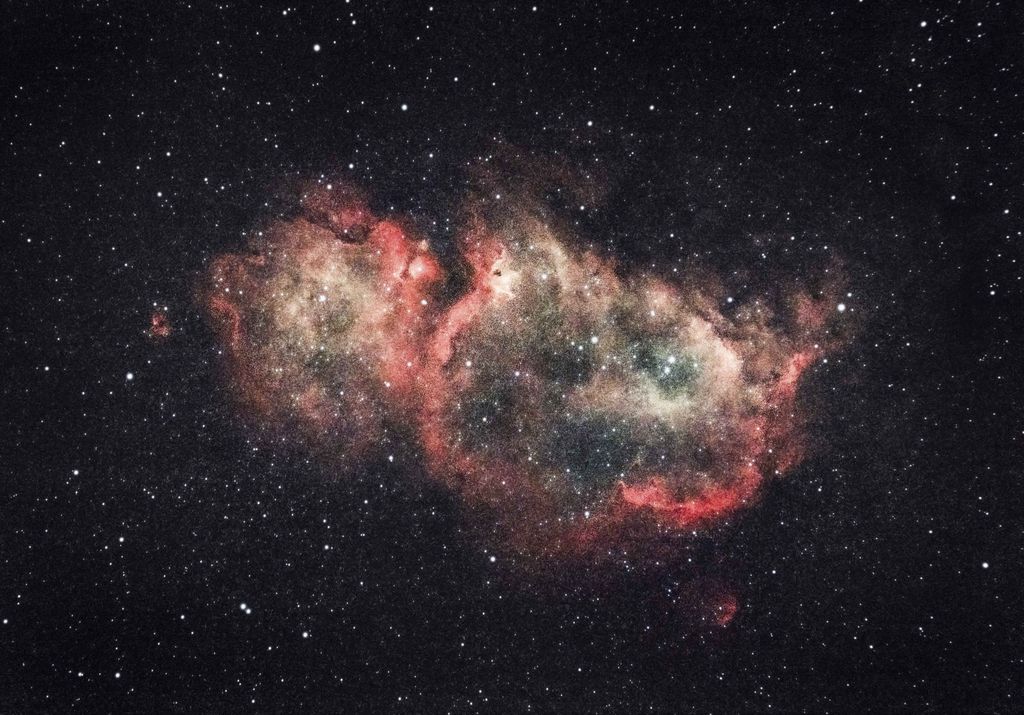Jens, I had
exactly the same issue. Same gear too - ASIAIR mini & Canon 600D. The files are, sadly, incompatible. You
can stack them separately, but they will not calibrate as they are different dimensions. It’s not worth cropping or resizing them. Sorry.
Luckily you can retake bias files with the ASIAIR really quickly, and if you wait for a night with comparable temps, bring the rig rig outside and just grab some new darks. You didn’t mention anything about flats, so I’m hoping the rig is still in the same config (rotation, filter) so that you can take those with the ASIAIR too. If not, just take flats anyway (same filter) and you might have to remove some dust donuts manually but at least it’ll sort the vignetting.
I had to retake calibration frames for a month of imaging done before I realized this would be an issue, and I’ve had to completely rebuild my darks library.
Good luck and clear skies!
Mark



